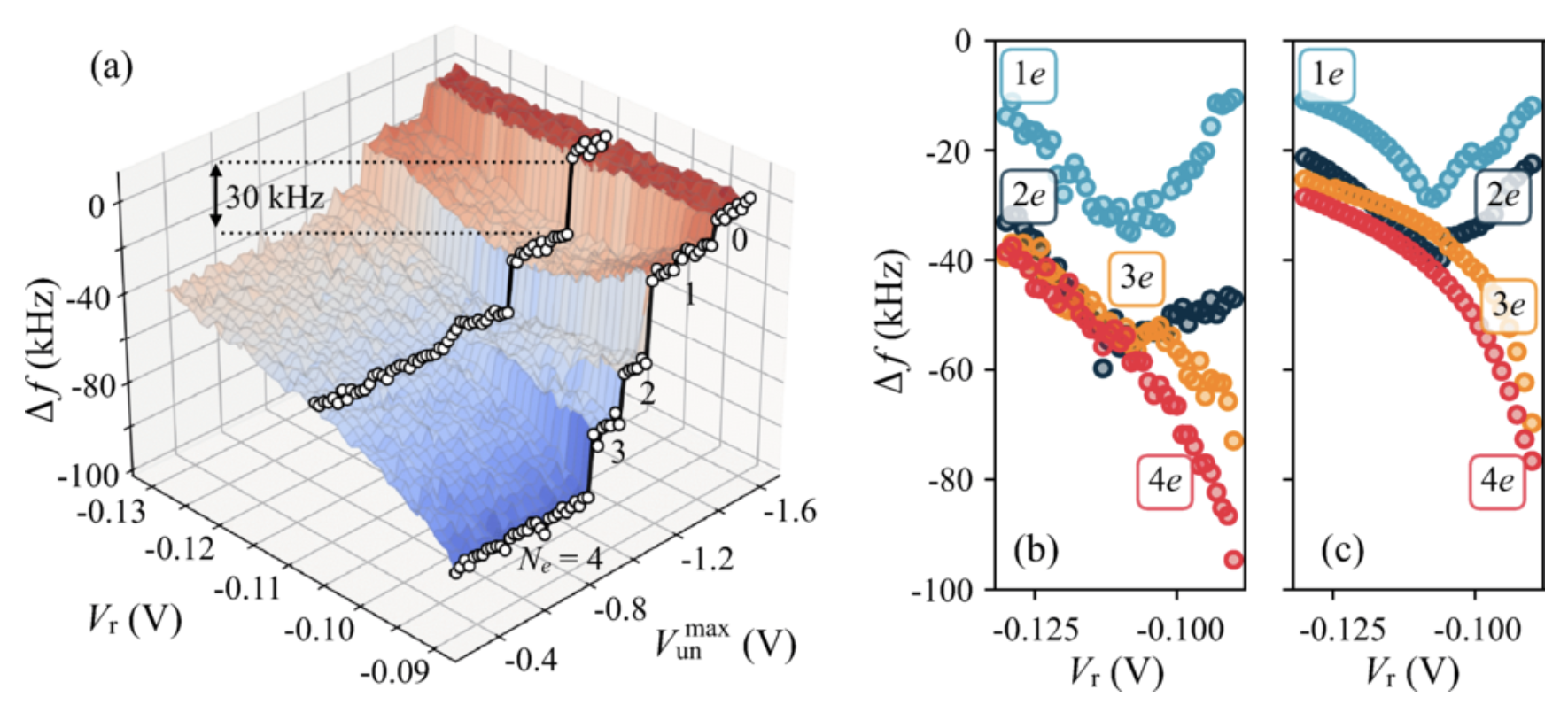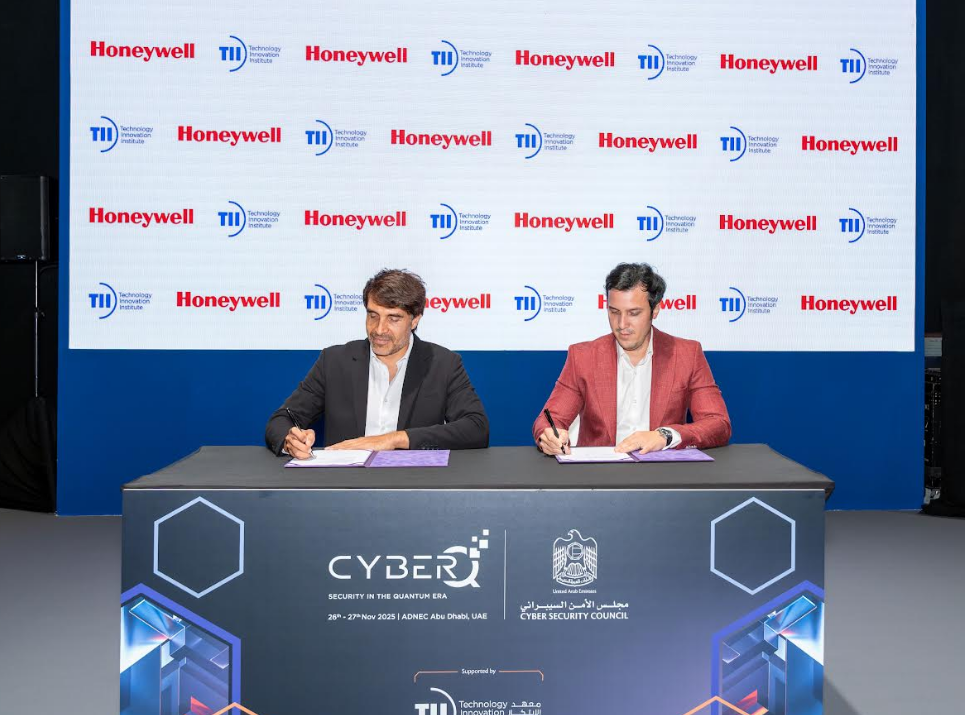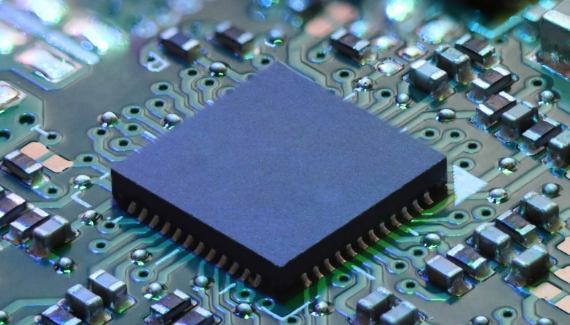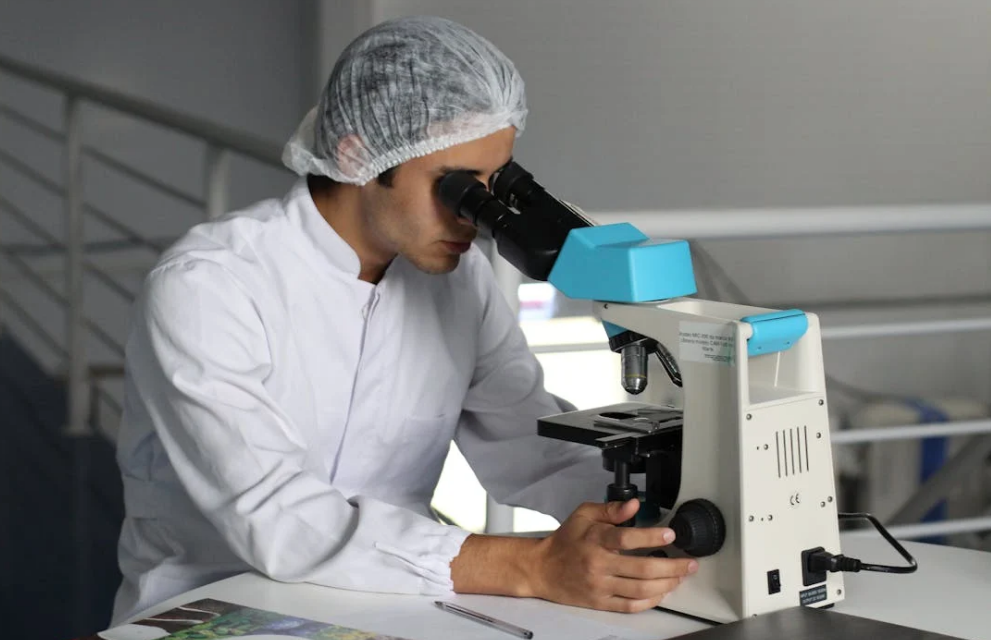Insider Brief
- EeroQ Corporation and Michigan State University researchers demonstrated the trapping and detection of single electrons on liquid helium at temperatures above one kelvin.
- The experiment, published in Physical Review X, used a superconducting microwave resonator to measure frequency shifts caused by individual electrons, showing precise control without relying on ultra-cold dilution refrigerators.
- The results suggest that electrons-on-helium platforms could enable scalable, CMOS-compatible quantum processors operating at higher temperatures with simpler cryogenic systems.
When it comes to the various approaches to quantum computing, superconducting, photonic, neutral atom and trapped ion modalities share most of the spotlight. But other approaches are advancing as well, with research teams making steady progress that challenges the assumption that only the leading four architectures will achieve scale.
Exhibit A: Scientists at EeroQ Corporation, a pioneering quantum company founded in 2017 and headquartered in Chicago, and Michigan State University have shown that individual electrons can be trapped, controlled and detected on the surface of liquid helium at temperatures above one kelvin, roughly ten times warmer than typical quantum computing conditions.
The findings, published in Physical Review X, shows the team is making key steps toward more practical and scalable quantum processors that can operate with greater cooling power and simpler hardware.

The experiment demonstrates that precise charge control — down to a single electron — can be achieved without relying on the costly, ultra-cold dilution refrigerators that dominate today’s quantum labs. Instead, the team used a simpler helium cryostat that runs just above one kelvin, where cooling power is a hundred times higher. The work suggests that the “electrons-on-helium” approach — where electrons float just above an ultra-pure cryogenic surface — could emerge as a strong alternative to superconducting or semiconductor-based qubits.
“This breakthrough confirms that electron-on-helium qubits can potentially be manipulated and read out at higher temperatures than previously thought possible, reducing a key barrier to scalable quantum computing,” said Johannes Pollanen, cofounder and chief science officer at EeroQ, as quoted in Phys.org. “Publishing in PRX underscores both the scientific rigor and the industry importance of this advance.”
Breaking the Millikelvin Bottleneck
Most quantum computers require temperatures close to absolute zero. Superconducting qubits, for example, are typically operated near 10 millikelvin, a level that subsequently demands heavy infrastructure and consumes large amounts of power. At those temperatures, cooling power is limited to about one milliwatt, which is just enough to handle only a few qubits before the system overheats.
The EeroQ study shows that quantum systems based on electrons on helium can tolerate temperatures above one kelvin, making them compatible with simpler pumped-helium cryostats capable of dissipating hundreds of milliwatts. This increase in available cooling power could have major implications for scaling.
It’s not just about lower temperatures, the team points out. More cooling headroom allows for more control lines, amplifiers and classical electronics to be integrated directly inside the cryogenic environment. Today, those components must sit outside the refrigerator, connected by long cables that introduce noise and delay. Being able to bring them closer could make large-scale quantum architectures both faster and more energy-efficient.
The EeroQ team’s work also breaks with conventional assumptions about quantum systems. Electrons on helium, unlike those in solids, reside in an environment with almost no impurities or lattice vibrations. The surface of liquid helium is defect-free and nonmagnetic, providing a level of isolation unmatched by semiconductor or metal-based qubits. In this pristine setting, an electron’s spin — the property envisioned to represent a qubit — can remain coherent for much longer times.
How the Experiment Worked
In the experiment, the researchers fabricated a superconducting chip using niobium electrodes patterned on a silicon wafer. These electrodes formed a network of narrow microchannels that filled with liquid helium by capillary action, a process where liquid naturally rises into small spaces without being pumped. When a tungsten filament above the device emitted electrons, they settled onto the helium surface, forming a thin two-dimensional layer.
A set of precisely biased electrodes underneath the helium layer shaped the electric potential landscape, creating a tiny trap capable of confining one or more electrons. The team writes that a superconducting coplanar waveguide resonator — which is essentially a microwave cavity tuned to about 6 gigahertz — was integrated into the design. The resonator’s electric field interacts with the trapped electrons, and any change in the number of electrons alters the resonator’s frequency.
By monitoring these frequency shifts, the team could tell when electrons entered or left the trap. The shifts followed a predictable pattern that matched theoretical calculations, confirming that the system’s behavior was well understood. As the trap was filled, the frequency of the resonator dropped in small, discrete steps, each step corresponding to an additional electron. When a single electron remained, the signal change was still strong enough to detect.
The group’s model treated each electron as a tiny oscillator — kind of a microscopic spring — coupled to the resonator’s electric field. The coupling strength — how strongly the electron influences the resonator — was measured to be roughly twice as large as in previous attempts. The experiment also achieved repeatable single- and double-electron control, showing that electrons could be reliably loaded, held, and released without loss.
Demonstrating this kind of single-electron control above one kelvin could simplify quantum hardware engineering. It means that high-performance quantum devices might not require the extreme infrastructure that currently limits deployment to a few specialized laboratories. For companies trying to scale quantum systems into commercially viable machines, operating at higher temperatures could lower cost, complexity and size.
Beyond engineering, the result gives physicists a new testbed for studying fundamental quantum behavior. Systems of a few interacting electrons can reveal how matter transitions between liquidlike and ordered states, such as Wigner molecules, where electrons arrange themselves in geometric patterns due to repulsion. The EeroQ platform allows those effects to be explored at a single-particle level and with precise control of the environment.
It also opens new paths for hybrid quantum technologies. Since the electrons reside on a helium layer supported by a silicon chip, the architecture can, in principle, integrate with existing CMOS electronics, the paper suggests. This could allow the same chip to host both quantum and classical control circuits, which is a long-sought goal for scalable quantum computing.
Work Remains
The team notes that while their experiment achieved high-fidelity charge sensing, it did not yet demonstrate coherent manipulation of electron spin states, which would be necessary for full qubit operation. The current measurements were limited by amplifier noise and relatively slow data acquisition at room temperature. Future systems could use cryogenic amplifiers placed closer to the resonator to improve sensitivity and speed.
Another challenge lies in achieving perfect symmetry in electrode fabrication. Slight misalignments can create small stray electric fields that shift the electron’s position or distort the trapping potential. Even so, the researchers reported consistent and repeatable results across multiple loading and unloading cycles, a sign of device stability.
The next goal is to probe spin dynamics and measure relaxation times at these elevated temperatures. The group plans to use resonators made from higher-inductance materials to increase coupling strength, allowing them to detect energy losses and decoherence mechanisms directly. In the longer term, they envision extending this technique to multi-electron systems to study interactions, entanglement, and collective effects—potentially realizing tabletop experiments of quantum optical models such as the Rabi or Dicke systems.


















